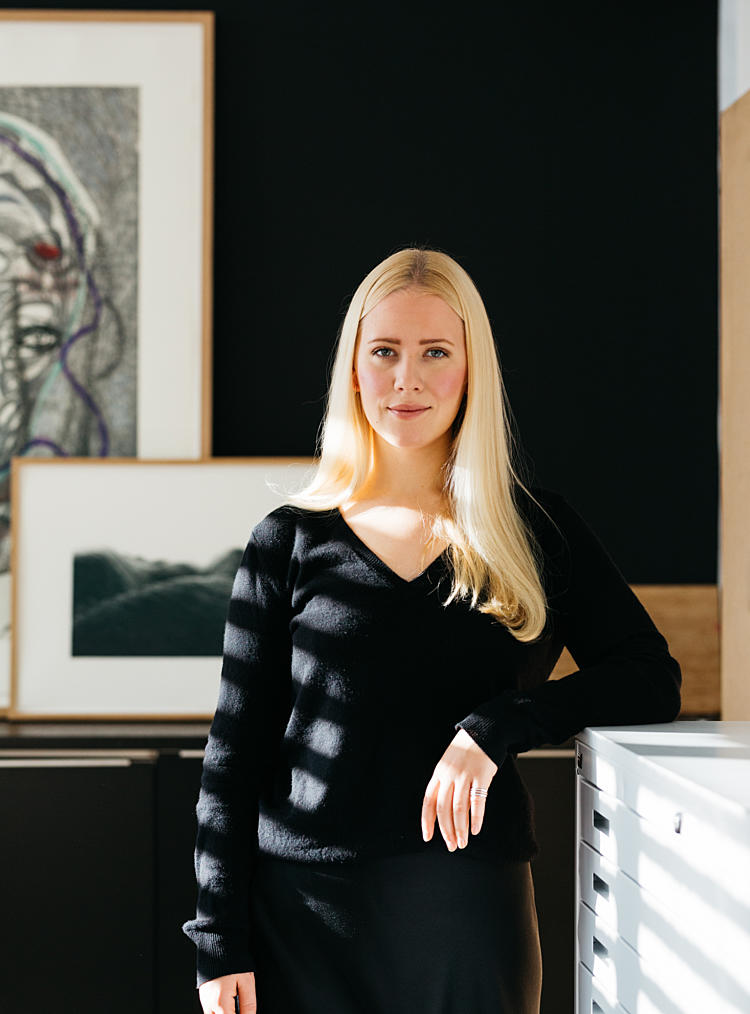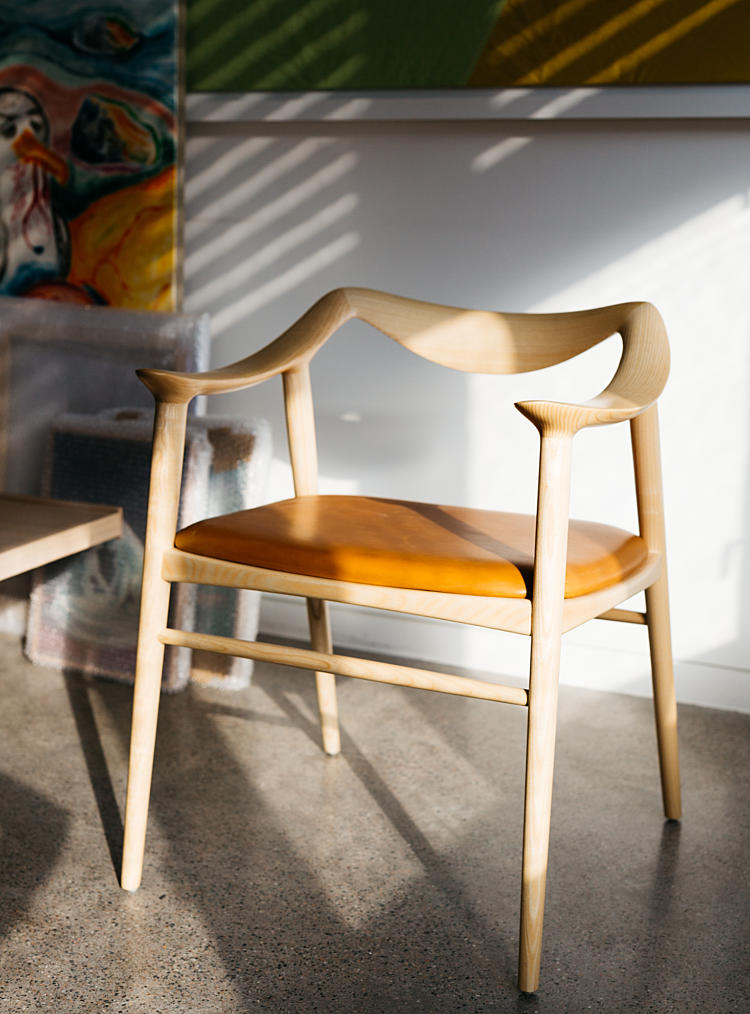Founder and director
As a young gallerist, Tuva Trondsdatter Trønsdal wants to challenge what she feels is a very set art scene. One way she does it is by initiating collaborations – combining art with fashion, architecture and design – and by not being afraid to experiment with ways to make the audience interact with exhibitions.
Since its start in 2015, Gallery Golsa has quickly become one of the leading galleries in Oslo. Together with founding partner Gard Eiklid, part of Trønsdal’s vision for Golsa is to reach a younger audience. She wants to make her own generation take more interest in contemporary art, also when it comes to buying and collecting. – We show art at a wide price point, from Got It For Cheap – where people can buy one off A4 originals for 300 NOK – to works normally shown in big institutions. We all have different thoughts and feelings in relation to the art we expose ourselves to. It’s not so much about how much you know, but what kind of life you have lived.

The bench invited people to sit down
When Iranian artist Mehdi Ghadyanloo wanted the audience to really take their time in his Golsa exhibition in 2017, the solution was to bring in the classic yet simple Krobo bench. The exhibition, titled “Remembering the oblivion”, consisted of drawings and paintings of seascapes and waves, referencing both the beauty of the sea and the possibilities and potential deathtrap it represents for refugees. – The bench invited people to sit down for a while, to form an emotional bond with the works. It was important that the bench didn’t compete with the visual impact of the art. The bench is distinct, but at the same time very quiet. Both sharp and soft in appearance.
The idea of bringing a classic Norwegian design piece into an exhibition by an iranian artist was also appealing to Trønsdal. The bench was originally designed by Torbjørn Afdal in 1960. – As a former design history student I have a soft spot for the design of that time. And I really appreciate that someone does the work of giving classics new life and make them available to people. We both want it for ourselves, she adds, referring to her founding partner.


Creating a museum-like atmosphere
The Mehdi Ghadyanloo exhibition was a particularly important one for Trønsdal and Eiklid; it was on a trip to Iran to visit the artist that they decided to start the gallery together, and eventually name it after Ghadyanloo’s baby daughter, Golsa.
– When we opened the exhibition we got a lot of good feedback saying we had succeeded in creating a museum-like atmosphere where you felt you could relax and spend some time. Usually people are uncomfortable in gallery settings, and just look around before they rush out again. But this time people actually sat down, and had the possibility of really taking in the exhibition, let their minds run free. It’s definitely something we consider doing again if the possibility is there.
